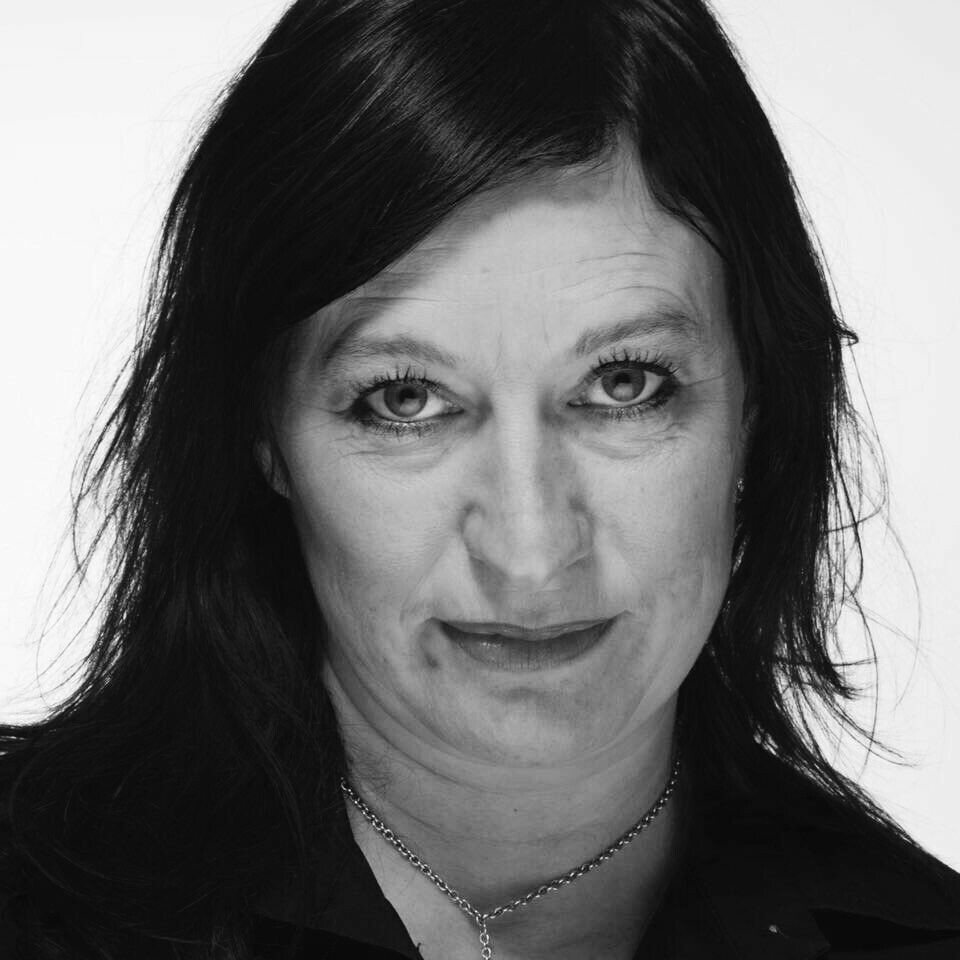
A new, simplified therapy approach may help against self-harm
Various forms of self-harm have increased significantly in recent years, especially among adolescents. A new, simplified treatment could help more young people access support more quickly.
Self-harm can take many forms. Cutting that draws blood, headbanging against a wall, or compulsive hairpulling – all are examples of self-injurious behaviours.
The proportion of young people who harm themselves has seen a fourfold increase in Norway over the course of 15 years, according to a study by Anita Johanna Tørmoen, an associate professor at the University of Oslo (UiO).
Self-harm can lead to extensive psychological and physical problems. Left untreated, self-harm may increase the risk of suicide at a later date.
But an OsloMet study suggests that a promising new, low-threshold method may enable patients to recover from the disorder.

A thorough assessment is important
“Many people who injure themselves have also at one time or another tried to take their own lives, and distinguishing between suicide attempts and self-harm is challenging. We have to thoroughly assess what contributes to someone harming themselves,” Tørmoen tells sciencenorway.no.
Over half of the youth who repeatedly harmed themselves and who come for treatment have borderline personality issues, she explains.
Tørmoen is a researcher, clinician, and expert on self-harm at UiO’s National Centre for Suicide Research and Prevention (NSSF).
In 2020, she conducted a survey to measure the prevalence of self-harm. She found that it had increased significantly.
Increasing in several countries
Self-injurious behaviour has increased among adolescents and young adults in Norway in recent decades. In 2002, 4 per cent of youth reported that they harmed themselves, increasing to 16 per cent in 2017.
The pattern is the same in other countries. It is an international problem.
Most viewed
No content
Many begin to harm themselves as early as 12-13 years of age. It peaks at age of 16. In the worst cases, self-injurious behaviour can last a lifetime.
Since the increase is so significant, more research on effective, low-threshold interventions is needed. This is discussed in the latest issue of the Norwegian journal Suicidologi.
Treatment can help. But the therapist has to first identify what form of self-harm a patient has.
And why the patient harms themself.
To regulate emotions
There are many reasons why someone feels the urge to harm themselves. Cutting, scratching, or burning the skin can be impulsive acts to regulate emotions.
“Self-harm can be a way for individuals to deal with emotional stress,” Stian Slotnes Larsen says. He is taking a master's degree in behavioural science on the subject.
The self-harm can make them feel better afterward. Or it can get them the attention and support from their loved ones that they’ve been missing, he explains.
"Understanding why an individual harms themselves is crucial for the effectiveness of the treatment," Larsen says.
Self-harm can take several forms.
“Impulsive self-harm is the most widespread,” he says.
Recognising signs of self-harming behaviour
Established treatment methods are available for people who struggle with self-harm.
One of them is dialectical behaviour therapy (DBT). You can read more about DBT in the fact box below.
A simpler version of DBT was developed by researcher Margaret Andover. Larsen has translated the treatment into Norwegian.
The intervention is a behavioural approach that functions as a self-help method.
“The treatment involves training the patient to recognise the signs when the urge to injure themselves arises, and then to engage in more acceptable behaviour instead of the self-harm,” he says.
The therapist and patient try, together, to find an alternative activity that helps, and that serves the same function as the self-harm, such as reducing emotional stress or contributing to interpersonal contact.
Alternative activity when the urge arises
“The treatment needs to be adapted for each individual case, based on the patient's needs,” Larsen says.
The patient then practises doing other things instead when the urge to self-harm arises.
They might put their feelings into words and talk to their loved ones about feeling a little overlooked. Or suggest doing something pleasant together, for example.
“The goal could also be for them to refrain from self-harm by doing a simple mundane activity. Like going to the cinema or meeting a friend at a café ,” he says. “The key is to identify the function of the behaviour so that it becomes easier to find activities and behaviour that can replace self-harming."

Empathetic approach
Larsen tested the intervention in sessions with two participants for his master's thesis.
"This is heavy subject matter, so it’s important that the discussion between patient and therapist is conducted in an empathetic manner,” Larsen says.
The study is part of his master's in behavioural science.
Stian Slotnes Larsen works at St. Olav's Hospital as an advisory expert and specialist nurse at the Central Unit for Compulsory Care.
Easier method for patients with less severe self-harm
Because the incidence of self-injurious behaviour has increased so much, we have to use the interventions that exist. And those that research has shown to be effective, Tørmoen says.
"But we are also looking for step-by-step treatments," she says.
She believes that individuals who do not engage in the most severe self-harming behaviours could be offered an assessment and a shorter treatment course.
The therapist and patient have to identify what the self-harm is connected to. And then they agree on alternative ways of dealing with difficult feelings or situations.
Tørmoen and Larsen have published an article on the topic in the latest issue of the journal Suicidologi.
Solving the problem earlier
Given how widespread the problem of self-harm has become, Tørmoen believes simpler treatments need to be tested so that they can reach as many young people as possible.
Such step-by-step approaches are being tested in several countries.
Tørmoen believes it's good that simplified treatment is now also being tested under Norwegian conditions.
This is especially because DBT and similar interventions are very important in the treatment of people who struggle with regulating their emotions, she notes.
Larsen emphasises that this therapy should of course take place in a controlled manner at a nurse's office or centres where they provide psychiatric care.
This low-threshold method could help many individuals receive treatment earlier, avoiding long treatment queues. And without any specific diagnosis or certification for therapists, Larsen believes.
“More people should be able to access this opportunity," Larsen says.
———
Translated by Ingrid P. Nuse
Read the Norwegian version of this article at forskning.no
References:
Andover et al. An intervention for nonsuicidal self-injury in young adults: A pilot randomized controlled trial, Journal of Consulting and Clinical Psychology, 2017. DOI: 10.1037/ccp0000206
Larsen et al. Treatment of self-harm – the importance of several functional approaches, Suicidologi, 2/2023.
Tørmoen et al. Change in prevalence of self-harm from 2002 to 2018 among Norwegian adolescents, European Journal of Public Health, vol. 30, 2020. DOI: 10.1093/eurpub/ckaa042
































